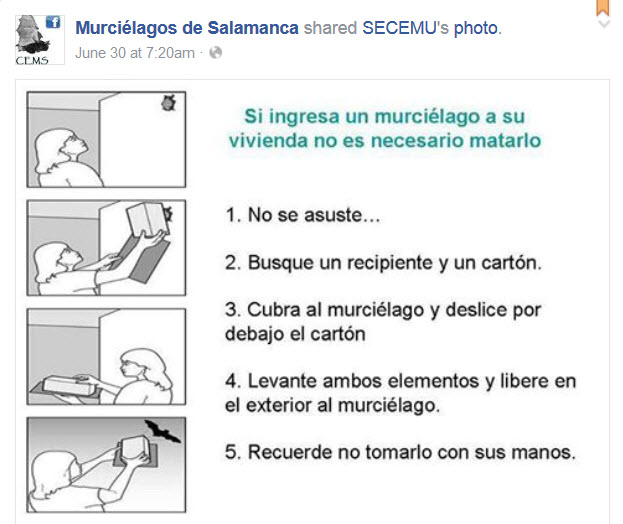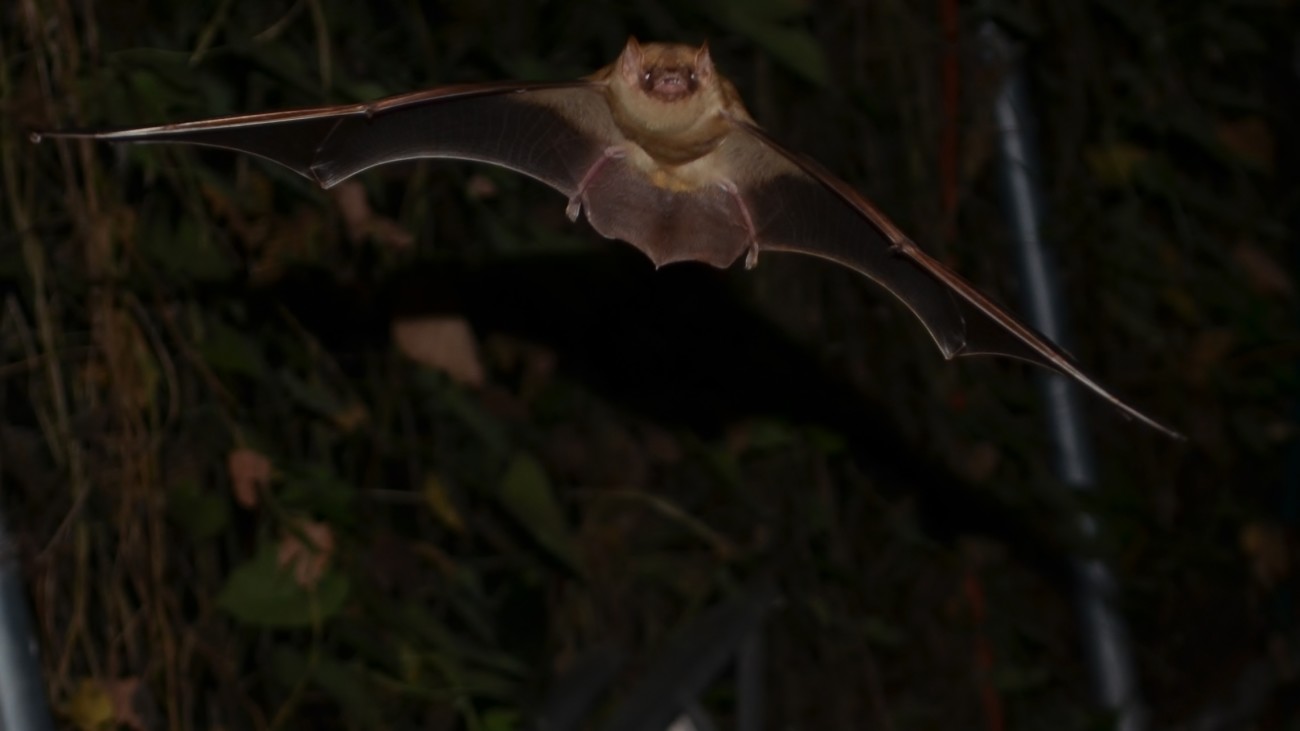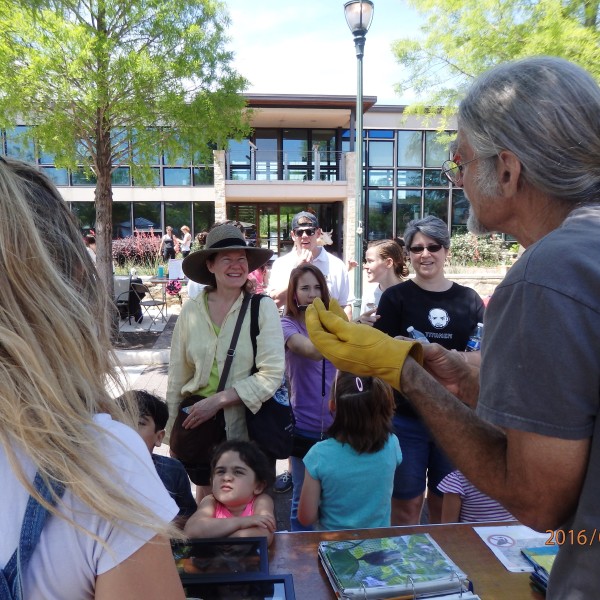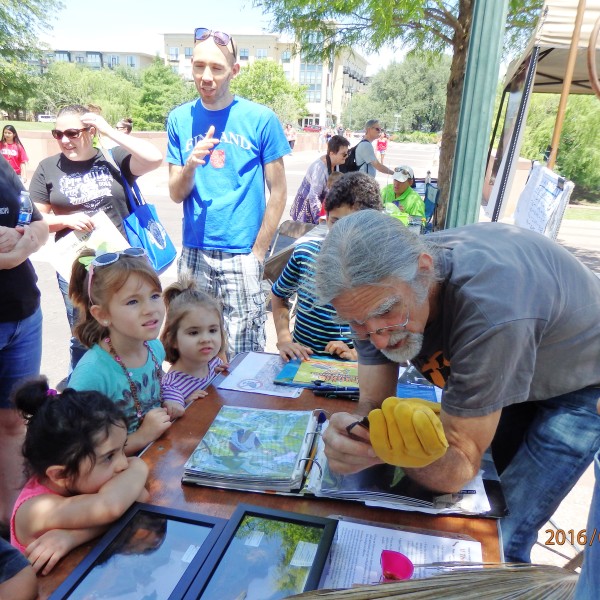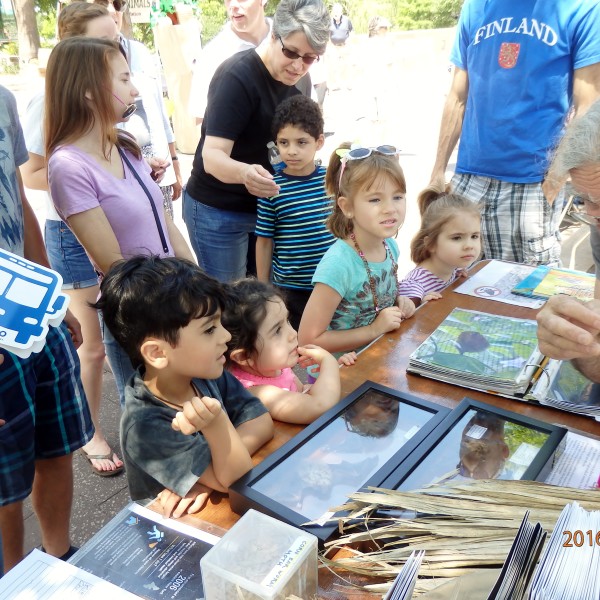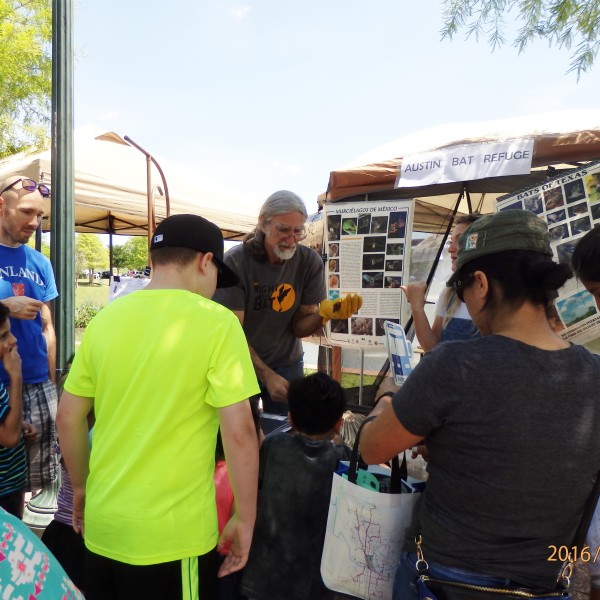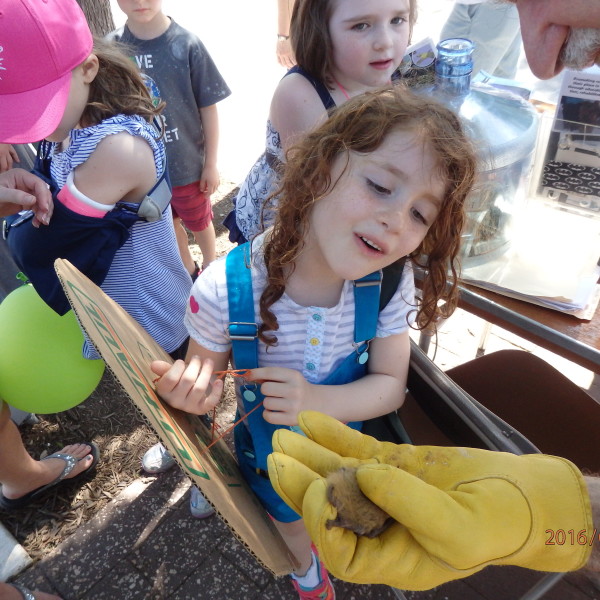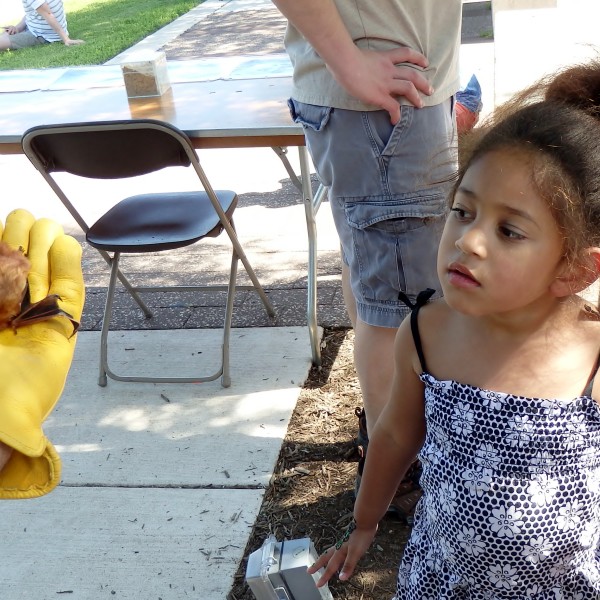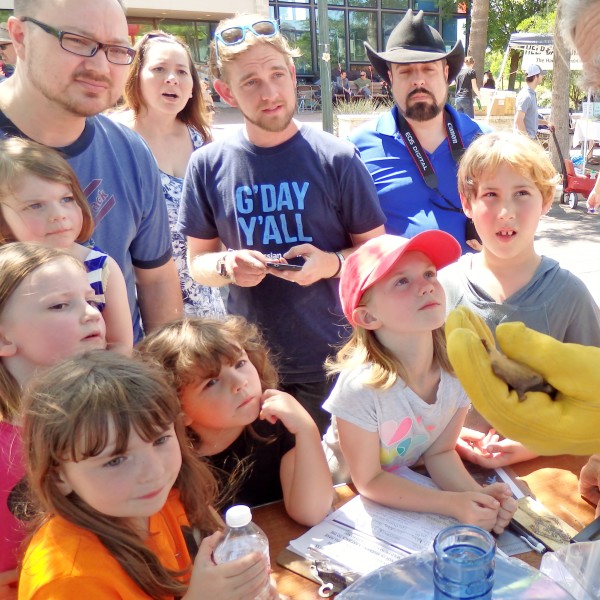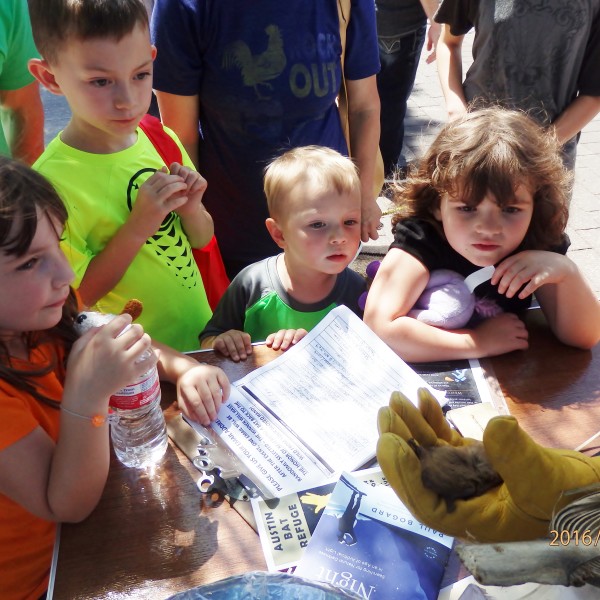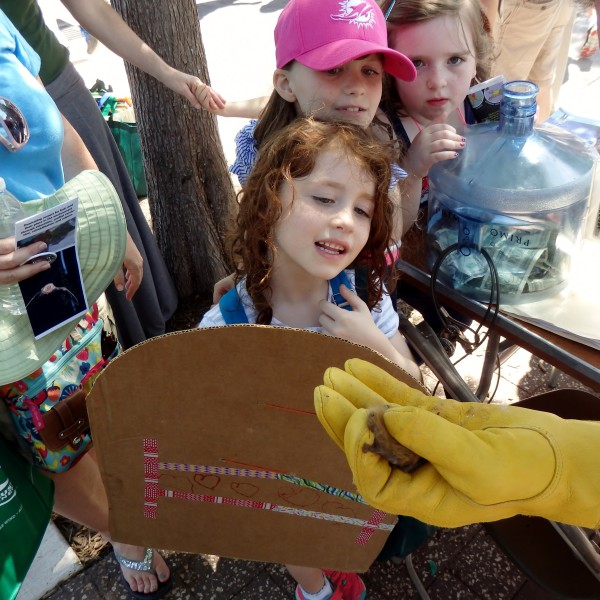Elise’s pup
Elise found this pup on her doormat back of 18 July 2016 and, being the kind-hearted person she is, took the time to carefully contain the pup in a box (without touching it!) and call us. He was a very young juvenile who seemed to have let go of his bridge roost before he was quite ready. After weeks of blended mealworm dinners he was finally doing the wing stretches and one-arm pushups that let us know he’s ready to try again. So last night we brought him out to the aviary and after just a little encouragement, he took off and flutter-puttered all around the cage till we lost track of him in the darkness.
It’s really surprising just how slow the pups are when they first take flight. They have a puppy-like appearance with their little ears sticking straight up and a slightly alarmed expression on their faces. It’s so great to see them slowly gain confidence and soon start to shred the enclosure!
Thanks Elise! You’re simple act of kindness meant a lot to us, but it meant the world to this pup.
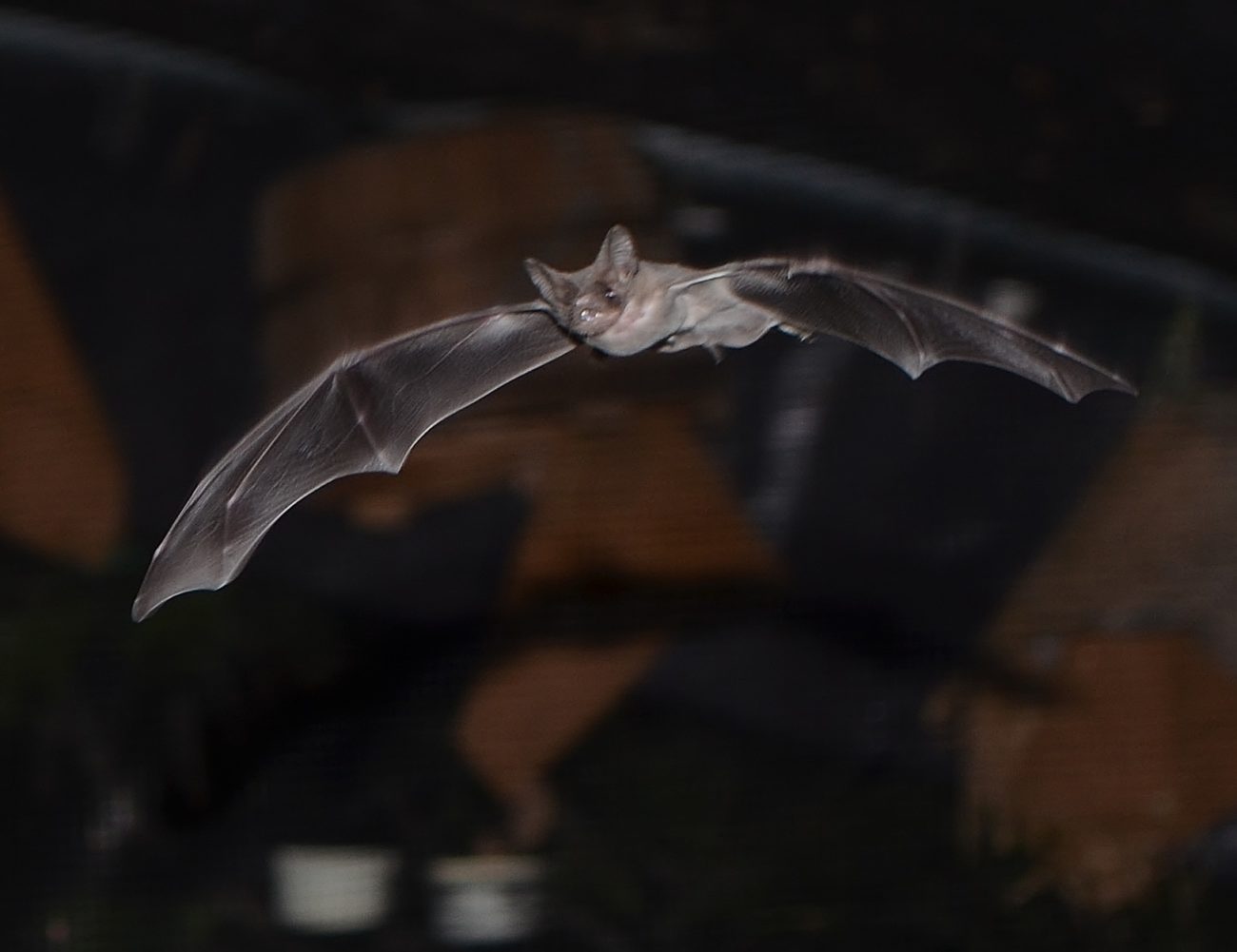
Elise’s pup














